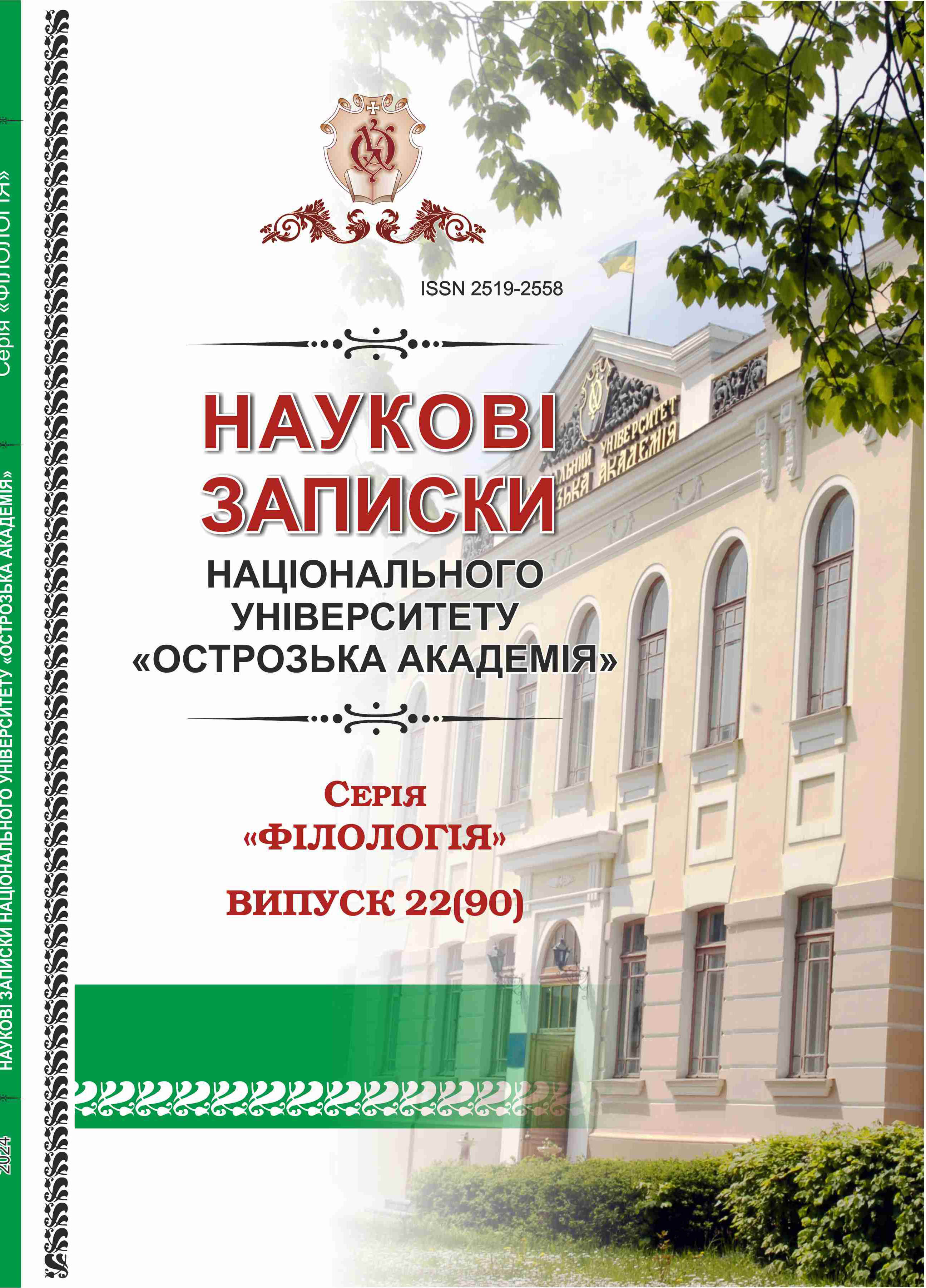ЛАНДШАФТ У СУЧАСНІЙ ВОЄННІЙ ПРОЗІ: ТОПОГРАФІЧНА ТА ХУДОЖНЯ СПЕЦИФІКА
Ключові слова:
ландшафт, геопоетика, культурна географія, російсько-українська війна, воєнна прозаАнотація
У статті проаналізовано топографічна та художня специфіка ландшафту в сучасній воєнній прозі. Визначено міждисциплінарність дослідження ландшафтів: філософія, географія, представники природничих і точних наук, антропологи, історики, культурологи, літературознавці. Окреслено основні тенденції розвитку теоретичних уявлень про ландшафт, його різновиди: археологічний, естетичний, історичний, індустріальний / постіндустріальний, культурний, міський, народний, натуральний (природний), пам’яті, первісний, сільськогосподарський, сакральний, сенсорний, отруєний, туристичний, віртуальний, загрожений, ландшафт-палімпсест; у статті запропоновано термін “воєнний ландшафт”. З’ясовано найбільш важливі етапи становлення ландшафтного теоретичного дискурсу: серед найбільш відомих дослідників є Д. Ангутек, О. Брайченко, М. Гримич, Д. Дженс, Д. Косгроув, Д. Ловенталь, Д. Майнінг, К. Райден, Ф. Свиріпа, Ї.-Ф. Туан та інші. Зазначено, що російсько-українська війна десять років тому почалася на тлі кримських відомих пейзажів, а потім у донбаських агломераціях та приазовських степах; повномасштабне вторгнення торкнулося майже всієї території України. Сьогодні найбільш жорсткі бої визначають ландшафти Донбасу та Приазов’я. У цьому випадку ландшафти постають однією із форм маркування простору, однак не загального, а конкретного його сегмента. Про ландшафти війни в перші місяці АТО 2014 р. та в часи повномасштабного вторгнення йдеться у творах різних жанрів: щоденниках добровольців (Роман Зіненко “Іловайський щоденник”, Ігор Михайлишин “Танець смерті. Щоденник добровольця батальйону «Донбас»”), прозі Євгена Положія “Іловайськ. Розповді про справжніх людей”, Сайгон “Грязь (хакі)”, Євген Стеблівський “Лють”, Валерія (Нави) Суботіна “Полон”, багатьох інших

